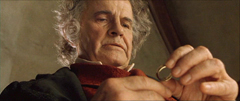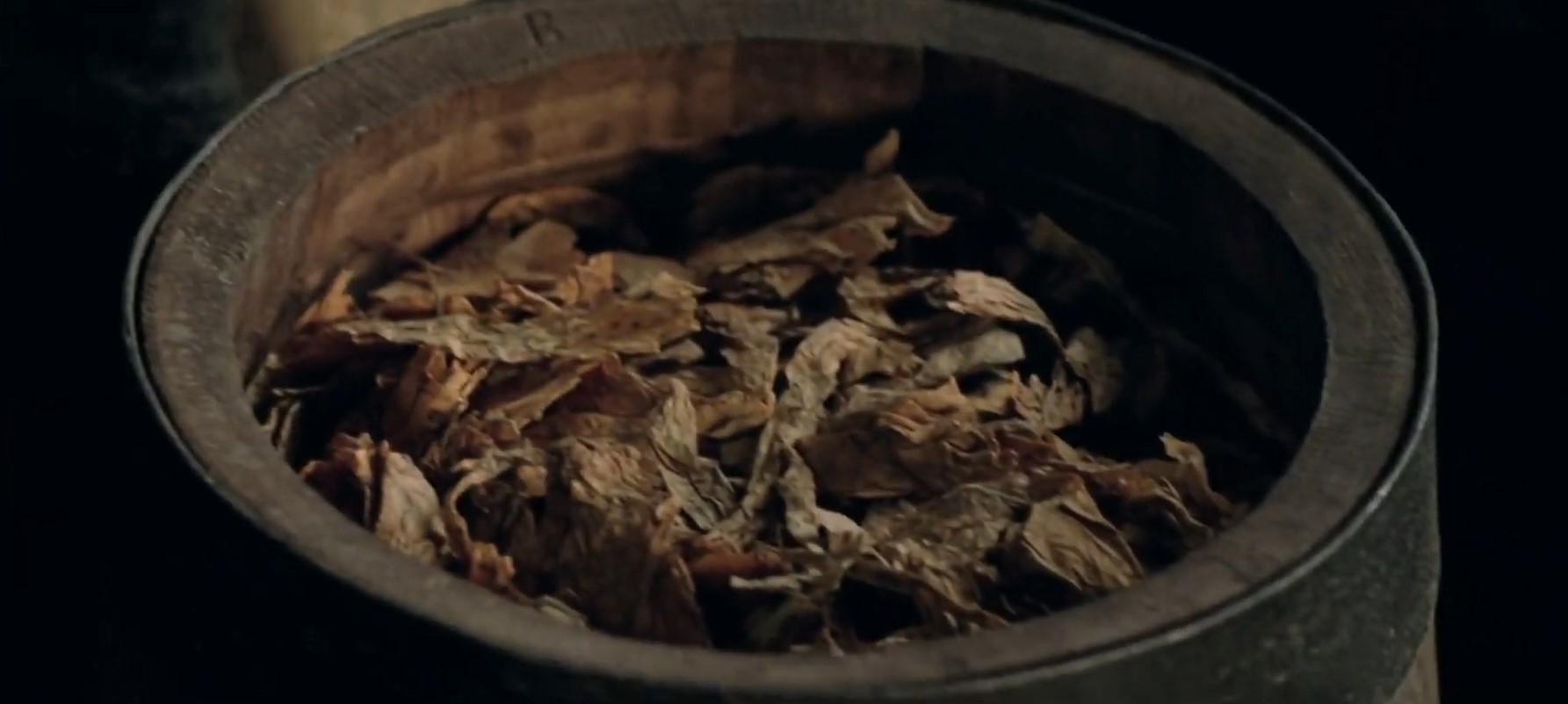With the year half over, here’s the top ten graphic novels that read/reviewed so far this year.
10) Morning Glories Volume 1: For A Better Future Written by Nick Spencer Art by Joe Eisma (Image)

A synthesis of Buffy, The Vampire Slayer and an Orwellian nightmare, Spencer and Eisma reveal the diabolical realities behind the Morning Glory Academy, a prestigious prep school. Six brilliant students from different backgrounds join the school, encountering all sorts of weirdness: ghosts, torture, mind control experiments, and murder. Spencer deftly relates the teenage pathos and chaos as events unfold. Eisma’s clean draftsmanship and realistic rendering ideally bring life to this intriguing story. Much like the above-mentioned Buffy, the creators manage to make the truly terrible palatable and even enjoyable. Morning Glories Volume 1: For A Better Future offers an interesting take on the oft-told tale of teen angst and anguish.
9) Dungeon Quest, Book One and Book Two by Joe Daly (Fantagraphics)


Millennium Boy, Steve, Lash Penis, and Nerdgirl grab their weapons and journey on a mystical quest to recover the missing parts of the Altlantean Resonator Guitar and to return the borrowed penis sheath to prophet and poet Bromedes. Using role playing game tropes as a template, Daly, creator of the acclaimed Red Monkey Double Happiness Book, illustrates the often twisted reality of the contemporary slacker with little subtlety but from a fresh perspective. Littered with violence, inappropriate sexual innuendos, misguided bravado and infused with hilarity, Dungeon Quest (of which two 136 page volumes are available) promises a uniquely entertaining graphic novel experience.
8) League of Extraordinary Gentlemen Century: 1969 Written by Alan Moore, Art by Kevin O’Neill (Top Shelf)

The new 96 page chapter of Moore and O’Neill’s acclaimed series finds the immortal trio of Mina Murray, Allan Quatermain, and Orlando far from the Victorian roots of their previous adventures. Set in London near the end of the mod-sixties, the group continue their century-long war with Alastair Crowley, begun in The League of Extraordinary Gentlemen Century: 1910. New allies for the League include Jerry Cornelius and Jack Carter (from the novel Jack’s Return Home, popularized as the Michael Caine film Get Carter). Moore does an exquisite job of incorporating the League within the chaotic world of 1969. Perhaps the finest installment since the first series, League of Extraordinary Gentlemen Century: 1969 concludes with a shocking turn of events, leaving the reader eager for the concluding book.
7) Stumptown Volume 1: The Case of the Girl Who Took her Shampoo (But Left her Mini) Written by Greg Rucka Art by Matthew Southworth (Oni)

With comics such as Queen & Country and Whiteout, Rucka established a much deserved reputation for producing superior crime stories featuring female protagonists. In Stumptown Volume 1: The Case of the Girl Who Took her Shampoo (But Left her Mini), Rucka returns to this familiar territory. In order to pay back a massive gambling debt, Stumptown Investigations proprietor Dex Parios searches for the missing granddaughter of Sue-Lynne, head of the Confederate Tribes of the Wind Coast’s casino operations. During her quest, Dex reveals the darker sides of Portland, OR. She receives numerous threats and beatings. She is shot and no one trusts her. Making things even more difficult, the surly Dex continually angers both the police and the gangs. As with all of Rucka’s works, the relationships between the characters propel the tale. Through his dialogue and pacing, he elevates the potentially stereotypical portrayals into powerful individual identities. The moody, minimalist Southworth art further enhances the riveting tale. As an added bonus, this hardcover volume includes a reprint of the rare 8-page, micro-comic Dex Parios adventure and a selection of promotional items.
6) iZombie: Dead to the World Written by Chris Roberson Art by Michael Allred (Vertigo)

In an era littered with countless zombie stories, mostly mediocre to terrible, Roberson and Allred successfully morph the tired undead concept into a superior 21st century slacker neo-gothic. Eugene, OR grave digger Gwen Dylan lives a most unusual existence. Her closest friends include a ghost and a were-terrier. Her recent crush hunts monsters for a centuries-old secret society. Beautiful, bitchy vampires threaten Eugene. And to top it off, Gwen must eat a fresh brain at least once a month or become a shambling monster straight out of a Romero flick. After consuming a brain, Gwen acquires the deceased’s lifetime of memories. Her most recent meal, a victim of foul play, haunts Gwen until she finds his killer. Beautifully rendered by the popular Allred, his unusual stylings lend the perfect off-kilter vision required for this oddball concept. The acclaimed Roberson, author of over a dozen prose books and several comic book series including Superman, Cinderella: From Fabletown With Love, Stan Lee’s Starborn, and Elric: The Balance Lost, delivers some of his finest and creative comic work to date. The unpredictable and excellent iZombie: Dead to the World deftly recycles and collects over-used ideas into a superior and wholly original graphic novel.
5) The Sixth Gun Book 1: Cold Dead Fingers Written by Cullen Bunn, Illustrated by Brian Hurtt (Oni)

The second series collaboration from the creators of the excellent supernatural noir thriller The Damned offers a creepy, magic-infused Western complete with terrifying beasts — living and undead — gunfights, and the occult. Confederate General Oleander Hume seeks out the Sixth Gun, the key to unlocking an unstoppable power. Mysterious gunslinger Drake Sinclair protects the young Becky Moncrief, current owner of the powerful Sixth Gun, against Hume and his magically-enhanced henchman. Bunn’s pitch perfect script, combined with the unique artistic talents of Hurtt, deliver the finest horrific western since the best of the Lansdale-Truman stories of the 90s.
4) Dick Briefer’s Frankenstein by Dick Briefer Edited with an introduction by Craig Yoe (IDW)

Continuing the early 21st century trend of repackaging largely forgotten comic book classics in affordable handsome editions, historian Craig Yoe re-introduces Dick Briefer’s horror-cum-comedy-cum-horror-again Frankenstein. Briefer’s tale of a monster’s revenge against his maker initially appeared in Prize #7 (1940), spawning the first ongoing series of horror comics. This incarnation of Shelley’s creation proved to be very popular, largely thanks to Briefer’s intelligent scripts and ghastly illustrations. In Prize #45 (1945), Briefer re-imagined the series as a humor strip. Proving he was as adapt at comedy as terror, Briefer hilariously lampooned popular culture, horror, and social conventions. Following an editorial edict, the stories returned to their spooky roots three years later in Frankenstein #18. With the advent of the Comics Code Authority in 1954, the long running series ended. In Dick Briefer’s Frankenstein, Yoe collects the finest Frankenstein tales from all three epochs. Yoe’s introduction recounts the creator and series history alongside rare art including an example of Briefer’s Daily Worker strip Pinky Rankin (someone needs to collect those Communist action hero’s stories) and Alex Toth fan doodles.
3) 21: The Story of Roberto Clemente by Wilfred Santiago (Fantagraphics)

Roberto Clemente’s name adorns the annual Major League Baseball award for the sport’s most humanitarian athletes. Not just the first great Puerto Rican baseballer (and some would argue still the greatest) to play in the United States, Clemente famously and often quietly displayed the best of humanity. In this emotionally moving biography, the Puerto Rican Wilfred Santiago magnificently chronicles the often tragic life of this icon. Beginning with Clemente’s final game, where he collected his 3,000th hit, Santiago quickly hearkens back to Clemente’s poverty stricken childhood of homemade bats and practice with soda caps through his disturbing journey into the minor leagues of the Jim Crow era of institutionalized racism and onto his life as a star outfielder for the Pittsburgh Pirates. Santiago expertly traverses Clemente’s tribulations, losses, and success with ease and skill. His portrayal of the baseball games rank among the finest ever attempted in this medium. Under the masterful hands of Santiago, 21 evolves into far more than just a biography of a sports figure. It showcases a life worth emulating.
2) Mister Wonderful by Daniel Clowes (Pantheon)

The Oscar-nominated Daniel Clowes, creator of Ghostworld, Wilson, and Eightball, crafts a bittersweet tale of a middle-aged man’s search for companionship. Originally serialized in The New York Times Magazine, Mister Wonderful follows the neurotic, divorced Marshall on his first date in six years. In his typical fashion, Clowes relies on caricature as he expertly reveals complex emotional layers mixed within a heady collection of humorous and poignant scenes. This all-to-real vision incorporates many of our own fears, inadequacies, and hopes. Simultaneously simple/complex, beautiful/ugly, and romantic/cynical, the thin (77 pages) volume engages the reader, successfully lingering long after the last page.
1) Daytripper by Fábio Moon & Gabriel Bá (Vertigo)

Twin brothers Moon and Bá beautifully recount the life of Brás de Oliva Domingos, crafter of obituaries and son of a world-famous Brazilian writer. The lavishly illustrated chapters relate important epochs of his life, each ending with his untimely and shocking death. Emotionally wrought and expertly told, the lyrical Daytripper breathes new life into the tired slice-of-life format and emerges as one of the best graphic novels of the year.
Graphic Novels: Top Ten of the Half Year ’11 was originally published on The Geek Curmudgeon


 Mood: Happy ]
Mood: Happy ] Currently: Eating Breakfast ]
Currently: Eating Breakfast ]

 Mood: Sleepy ]
Mood: Sleepy ]



 Mood: Cool ]
Mood: Cool ]